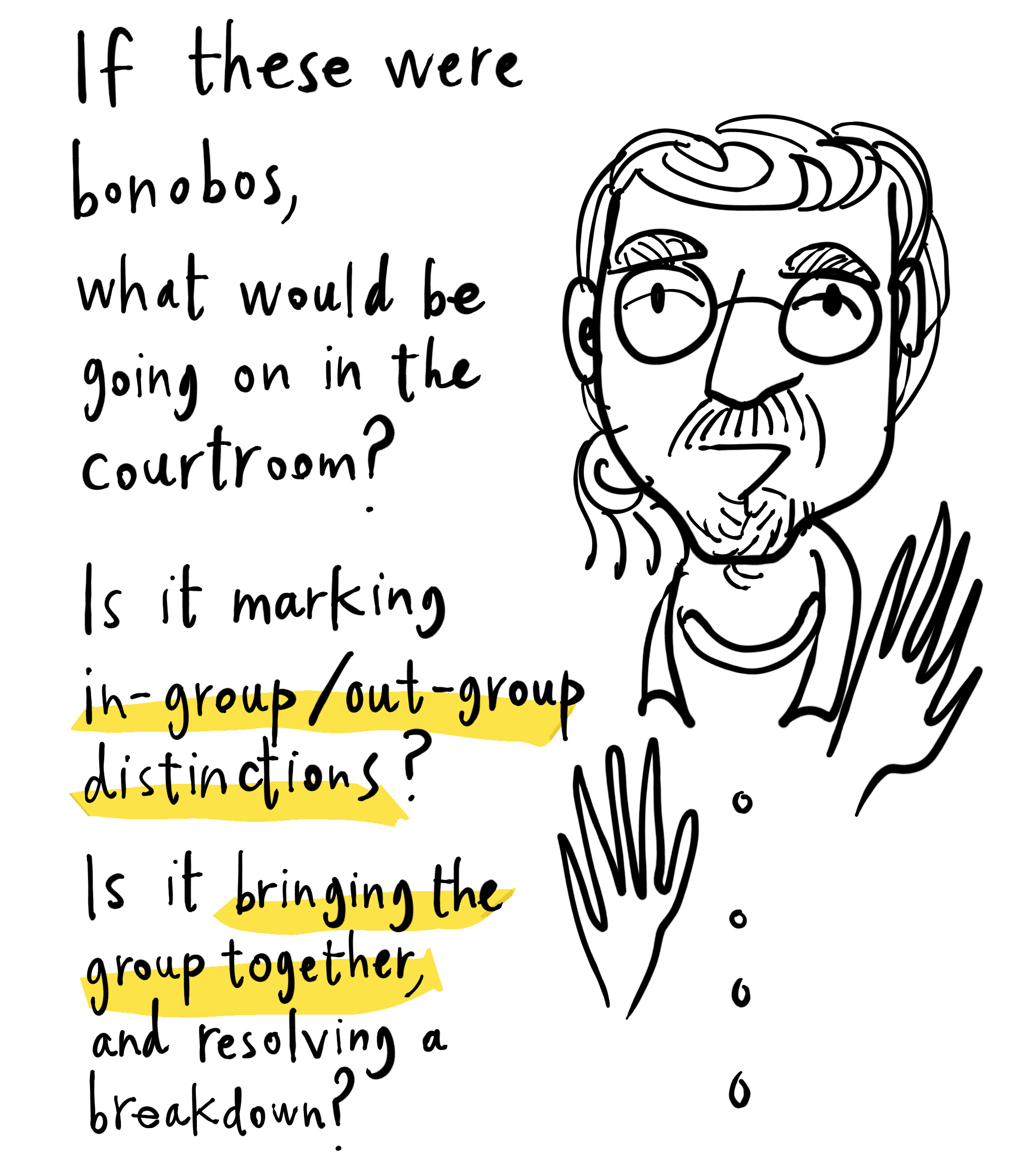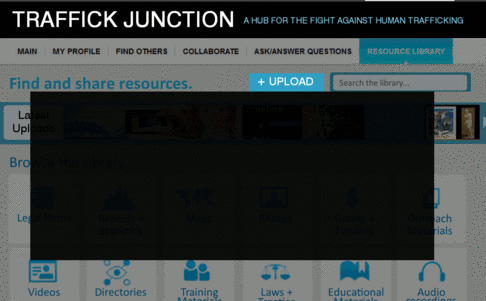Earlier this week, I presented my Design for Justice work to a group at the Gruter Institute, with a mix of lawyers, biologists, computer scientists, economists, and more.
It was a wonderful force for analogous thinking — because the questions I faced in response to the insights and design work were not the usual questions I get. (The usual question being: What about regulation around the unlicensed practice of law, how are you going to deal with that?)

For example, when talking about the dynamics of traffic court, the question posed to me was: what is the anthropological phenomenon going on when a traffic commissioner is arraigning people on their traffic violations? Is the commissioner re-inforcing that these defendants are in an out-group, or is it a single group going through a ritual to resolve bad behavior and make the group whole again.
And, from that — should this be a metric of our design work? Are we making the court room more of a bonding experience, or more of a fracturing experience for the social group?




3 Comments
Awesome questions. I like the idea of rethinking law from the ground up- from different grounds up at that. What IS the purpose of law in these contexts? And are these hidden purposes – and I do think they are hidden by not being named- reinforcing other systems and structures that we are only dimly aware of. The sociology and anthropology of law- cool lens for legal design.
I think you would like the now ancient book by Wired founding editor Kevin Kelly – Out of Control. He introduced me to many of these kinds of biology/technology connection ideas way back in 1994. It is available online. Here is the web link: http://kk.org/books/out-of-control/
Fascinating! Thank you for the reference.